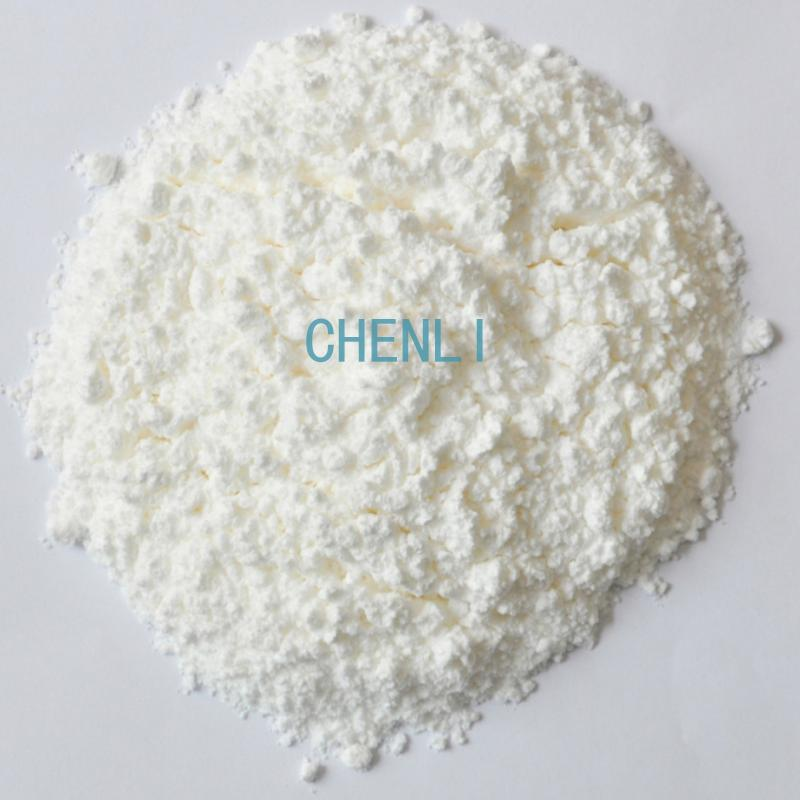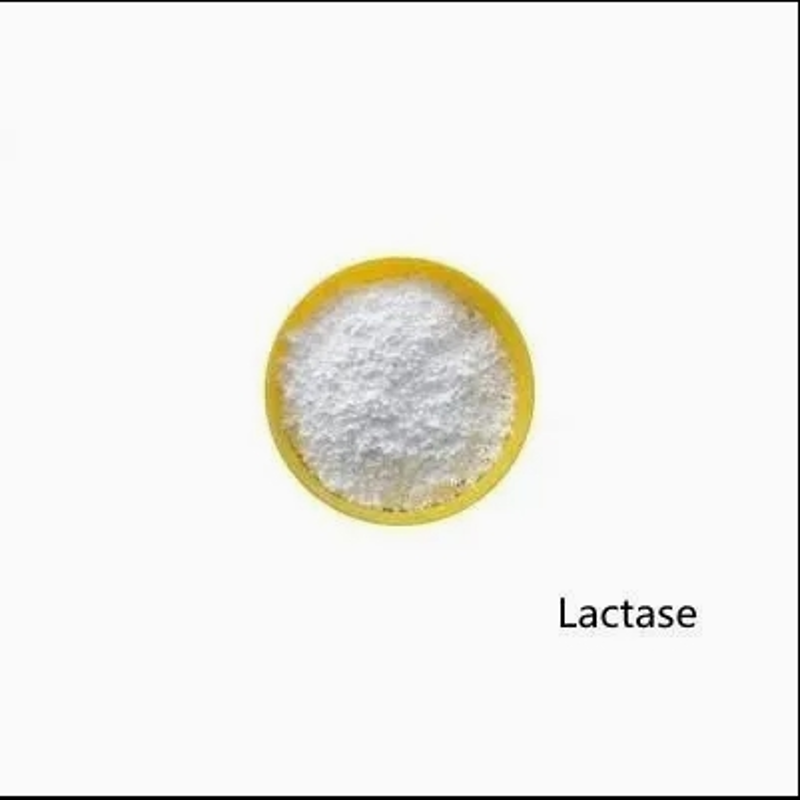-
Categories
-
Pharmaceutical Intermediates
-
Active Pharmaceutical Ingredients
-
Food Additives
- Industrial Coatings
- Agrochemicals
- Dyes and Pigments
- Surfactant
- Flavors and Fragrances
- Chemical Reagents
- Catalyst and Auxiliary
- Natural Products
- Inorganic Chemistry
-
Organic Chemistry
-
Biochemical Engineering
- Analytical Chemistry
-
Cosmetic Ingredient
- Water Treatment Chemical
-
Pharmaceutical Intermediates
Promotion
ECHEMI Mall
Wholesale
Weekly Price
Exhibition
News
-
Trade Service
The FAO food price index averaged 113.3 points in January 2021, up 4.7 points (4.3 per cent) month-on-month, not only for the eighth consecutive month of gains, but also the highest monthly average since July 2014.
's January index rose mainly on strong growth in the sugar, grain and vegetable oil indices, while the meat and dairy indices also rose, but by a smaller margin.
fao grain price index averaged 124.2 points in January, up 8.3 points (7.1 per cent) month-on-month, the seventh consecutive month of gains.
international corn prices surged 11.2 per cent in January, up 42.3 per cent year-on-year, reflecting growing global supply constraints, lower-than-expected U.S. production and inventories, and heavy purchases from China.
prices rose to their highest level since mid-2013, supported by fears of drought in South America and Argentina's suspension of corn export registrations.
other coarse grains, barley prices also rose 6.9 per cent in January, while sorghum prices remained stable, helped by strong demand and higher prices for corn, wheat and soybeans.
prices also rose strongly by 6.8 per cent in January on higher corn prices and strong global demand, while Tariffs on Russian wheat exports will double from March 2021, leading to lower expected sales.
continued to support rice export prices in January, helped by strong demand from buyers in Asia and Africa and tight supplies from Thailand and Vietnam.
fao vegetable oil price index averaged 138.8 points in January, up 7.7 points (5.8 per cent) month-on-month, the highest level since May 2012.
index rose for the eighth straight month, largely reflecting higher prices for palm, soybean and sunflower oil.
prices climbed to an eight-and-a-half-year high after indonesia and Malaysia reported lower-than-expected palm oil production due to heavy rainfall and persistent shortages of migrant labour in Malaysia.
, international soybean oil prices rose for the eighth month in a row as export supplies fell and Argentina went on strike for longer.
prices continued to be pushed up by the continued tightening of global supply of sunflower oil as a result of the significant reduction in sunflower seed harvests in 2020/21.
FAO Dairy Price Index averaged 111.0 points in January, up 1.7 points (1.6 per cent) month-on-month, the eighth consecutive month of increases and 7.1 points (6.9 per cent) higher than a year earlier.
prices for butter and whole milk powder rose in January as the lunar holiday triggered a flood of Chinese purchases and a seasonal drop in New Zealand's export supply.
price of skimmed milk powder was also raised due to strong demand for spot supply imports and lagging production activities in Western Europe.
, sales restrictions in Europe and increased U.S. inventories have led to a slight drop in cheese prices from their December 2020 highs.
fao meat price index rose 0.9 points (1.0%) month-on-month to an average of 96.0 points in January, the fourth consecutive month of gains, but still down 7.6 points (7.3%) year-on-year.
International prices for all types of meat included in the index rose across the board in January, with poultry meat the biggest gainer, particularly in Brazil, due to strong global import demand and an outbreak of bird flu that has limited poultry exports from several European countries.
, despite the large volume of Chinese purchases in the run-up to the Spring Festival, global supplies are still sufficient to meet demand, so prices for beef and pork have risen only slightly.
rose for the fourth month in a row, driven by tight supply in Oceania and strong Chinese demand.
's sugar price index averaged 94.2 points in January, up 7 points (8.1 per cent) year-on-year and the highest level since May 2017.
price increases were mainly due to deteriorating production prospects in the European Union, Russia and Thailand and drier-than-usual weather in South America, raising concerns about a decline in global supply in 2020/21.
recent rise in crude oil prices and the strength of the Brazilian real against the dollar have further supported sugar prices, which tend to affect shipments from Brazil, the world's largest sugar exporter.
prices have also been supported by continued strong global import demand for sugar.
india is expected to have a bumper harvest, and the government has approved export subsidies for 2020/21, the country's potentially large export supply has partly dampened price pressures.
. Unlike other commodity categories, most of the prices used to calculate the FAO Meat Price Index are uncertain when calculating and publishing the FAO Food Price Index;
this sometimes requires a significant adjustment of the FAO Meat Price Index to produce final figures, which in turn may have an impact on the FAO Food Price Index.







